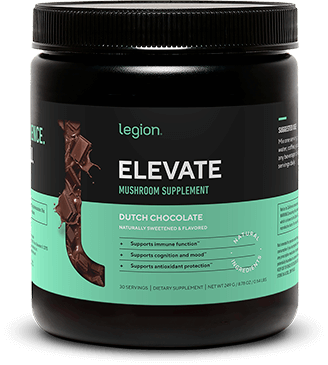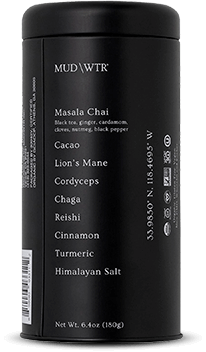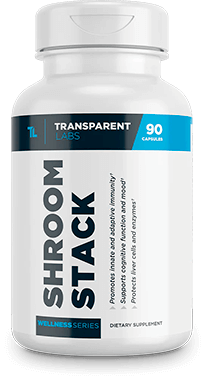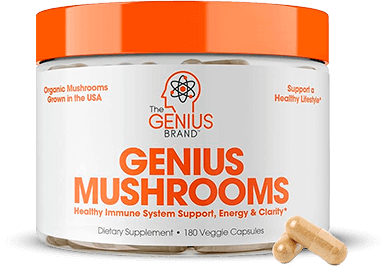Not happy with your purchase?
Simply let us know, and you'll get a full refund, no questions asked. And you don't even need to return anything.
So that means you can say "yes" now and decide later.
Notice to California Consumers
WARNING: Consuming this product can expose you to chemicals including lead which is known to the State of California to cause cancer and birth defects or other reproductive harm. For more information go to www.P65Warnings.ca.gov/food.
Legion Elevate Ingredients (4.25 grams per serving)
Reishi Mushroom (2,000 milligrams per serving)
Reishi mushroom (also known as lingzhi mushroom or Ganoderma lucidum) is a mushroom that's been used in traditional Chinese medicine for at least 2,000 years.[8]
Scientists have identified over 600 compounds in reishi mushroom that affect a wide variety of bodily functions, including polysaccharides (complex carbohydrates), triterpenes (complex hydrocarbons), peptidoglycans (molecules made up of sugars and amino acids), and a number of other classes of biologically active substances.
Research shows that supplementation with reishi mushroom . . .
- Supports immune function[9][10]
- Boosts antioxidant protection[11][12][13]
- Reduces oxidative damage[14][15]
- Improves cholesterol profile[16]
The clinically effective dose of reishi mushroom is 1.5-to-5 grams, with 1.5-to-2 grams producing the majority of the known benefits.[17][18]
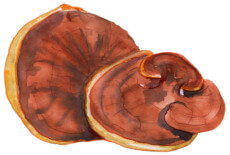
Lion’s Mane Mushroom (2,000 milligrams per serving)
Lion’s mane mushroom (also known as Yamabushitake and Hericium erinaceus) is an edible mushroom native to North America, Europe, and Asia.
It’s often used as a seafood substitute due to its meaty texture, but it also contains a number of biologically active substances that can contribute to health.
Most notable among these compounds are hericenones (complex hydrocarbons with strong aromas) and erinacines (also complex hydrocarbons), which are largely responsible for the health benefits associated with lion’s mane mushroom.
Research shows that supplementation with lion’s mane mushroom . . .
The clinically effective dose of lion’s mane mushroom is 2-to-3 grams.
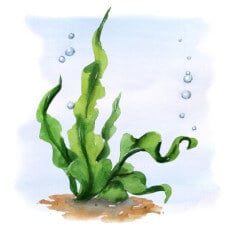
Wellmune® Beta-Glucan (250 milligrams per serving)
Beta-glucan is a kind of soluble fiber (the type of fiber that dissolves in water to form a gel-like substance) found in various foods like mushrooms, yeast, oats, and barley.
Wellmune® is a patented form of beta-glucan and the most clinically proven form on the market, with over 12 peer-reviewed studies supporting its efficacy.
Like other prebiotic fibers, beta-glucan influences the body in different ways depending on its physical structure.
For example, the beta-glucans found in yeast and mushrooms are generally more branched and are known for their immune-modulating effects, while those from cereals tend to be less branched and more effective in cholesterol management and glycemic control.
In the case of Wellmune® beta-glucan, it’s made from yeast, which is why research shows that supplementation with it can support immune function and healthy inflammation levels and reduce blood pressure.[23][24][25][26][27][28]
The clinically effective dose of beta-glucan is 100-to-250 milligrams.
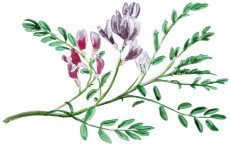
Naturally Sweetened and Flavored
While artificial sweeteners may not be as dangerous as some people claim, studies suggest that regular consumption of these chemicals may indeed be harmful to our health.[29][30][31][32][33][34]
That’s why we use natural sweeteners like stevia, erythritol, and monk fruit instead. Research shows that these ingredients are not only safe but can also confer several health benefits, including better nutrient absorption, healthy cholesterol and inflammation levels, and more.[35][36][37][38]
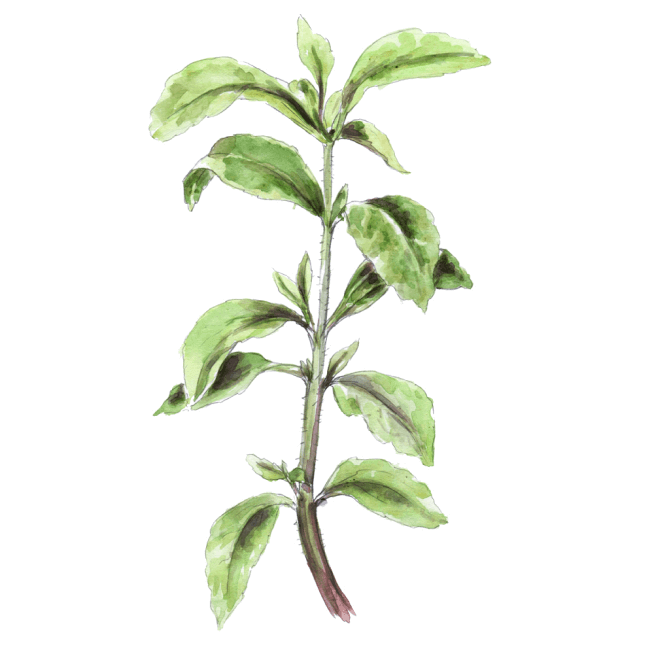
No Artificial Food Dyes, Fillers, or Other Unnecessary Junk
As with artificial sweeteners, studies show that artificial food dyes and fillers can cause negative effects in some people, including gastrointestinal toxicity and behavioral disorders.[39][40][41][42][43]
That’s why we use natural coloring and flavoring derived from fruits and other foods as well as naturally derived ingredients for improving texture, enhancing shelf life, and facilitating the manufacturing process.
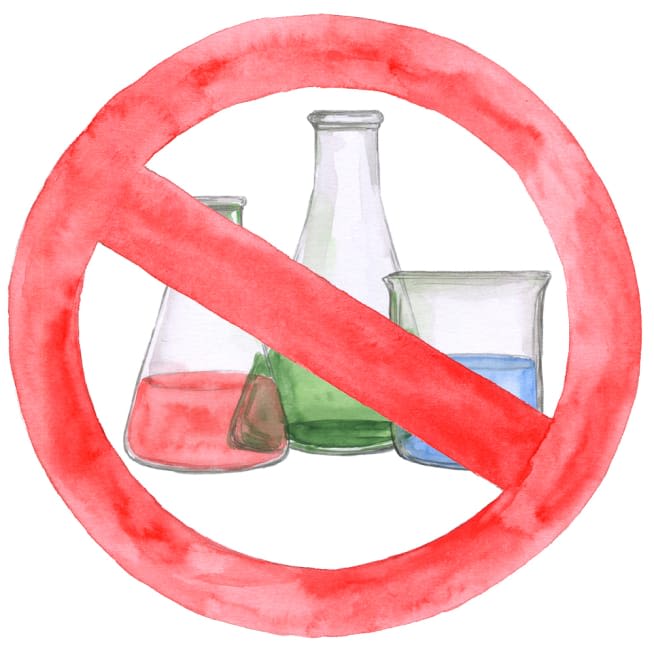
Third-Party Lab Tested for Potency & Purity
Elevate is tested by a state-of-the-art ISO 17025-accredited third-party laboratory for heavy metals, microbes, allergens, and other contaminants to ensure compliance with FDA purity standards.
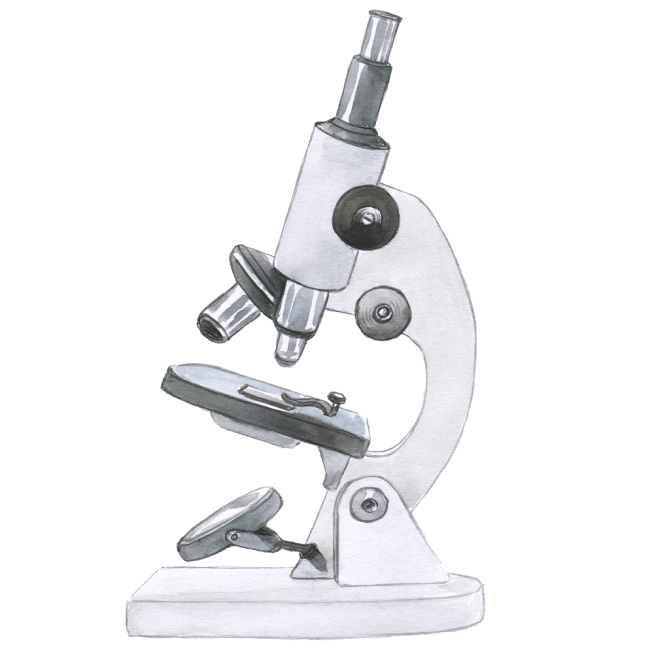
Made in the USA with Globally Sourced Ingredients
If you want to ensure the supplements you’re swallowing every day are safe and effective, you want to buy from a company that:
- Sources ingredients from premium suppliers around the world (great supplements require great raw materials)
- Tests all products for purity and accuracy in accredited laboratories (to conclusively verify safety and efficacy)
- Manufactures in America, which has some of the strictest regulations in the world
And that’s exactly what we do here at Legion.
See how Legion Elevate compares to the rest.
- Active Ingredients
- Clinically Effective Ingredients
& Doses - Reishi Mushroom
- Lion's Mane Mushroom
- Wellmune® Beta-Glucan
- Naturally Sweetened and Flavored
- Third-Party Lab Tested
- Labdoor Certified Brand
- Price Per Serving
-
Legion
Elevate
- 4,250 mg
per serving - 2,000 mg
per serving - 2,000 mg
per serving - 250 mg
per serving
-
Mud Wtr

- 2,240 mg
per serving - 560 mg
per serving - 560 mg
per serving - N/A
- $1.67
-
Transparent Labs
Shroom Stack
- 2,000 mg
per serving - 500 mg
per serving - 1,000 mg
per serving - N/A
- $0.83
-
Genius
Mushrooms
- 1,500 mg
per serving - 500 mg
per serving - 500 mg
per serving - N/A
- $0.67
The #1 brand of naturally sweetened and flavored sports supplements.
We’ve sold over 5 million bags and bottles to over 1 million customers in 169 countries who have left us over 55,000 5-star reviews.
Clinically Effective Ingredients and Doses
Every active ingredient, form, and dose in Elevate is backed by peer-reviewed scientific research demonstrating clear benefits in healthy humans.
Naturally Sweetened and Flavored
Elevate is naturally sweetened with stevia and xylitol and naturally flavored with extracts from fruit, vegetables, plants and other foods.
Total Label Transparency
We clearly list the dose of each ingredient in Elevate on the label—no proprietary blends or hidden ingredients—so you can verify our formulation’s validity and effectiveness.
Third-Party Lab Tested for Purity and Potency
Elevate is tested by a state-of-the-art ISO 17025-accredited third-party laboratory for heavy metals, microbes, allergens, and other contaminants to ensure compliance with FDA purity standards.
Made in the USA
Elevate is made in America with globally sourced ingredients in NSF-certified, FDA-inspected facilities that adhere to Current Good Manufacturing Practice (cGMP) standards.
100% Money-Back Guarantee
If you don't absolutely love Elevate, you get a prompt and courteous refund. No forms or returns necessary.
Trusted by scientists, doctors, and everyday fitness folk alike.
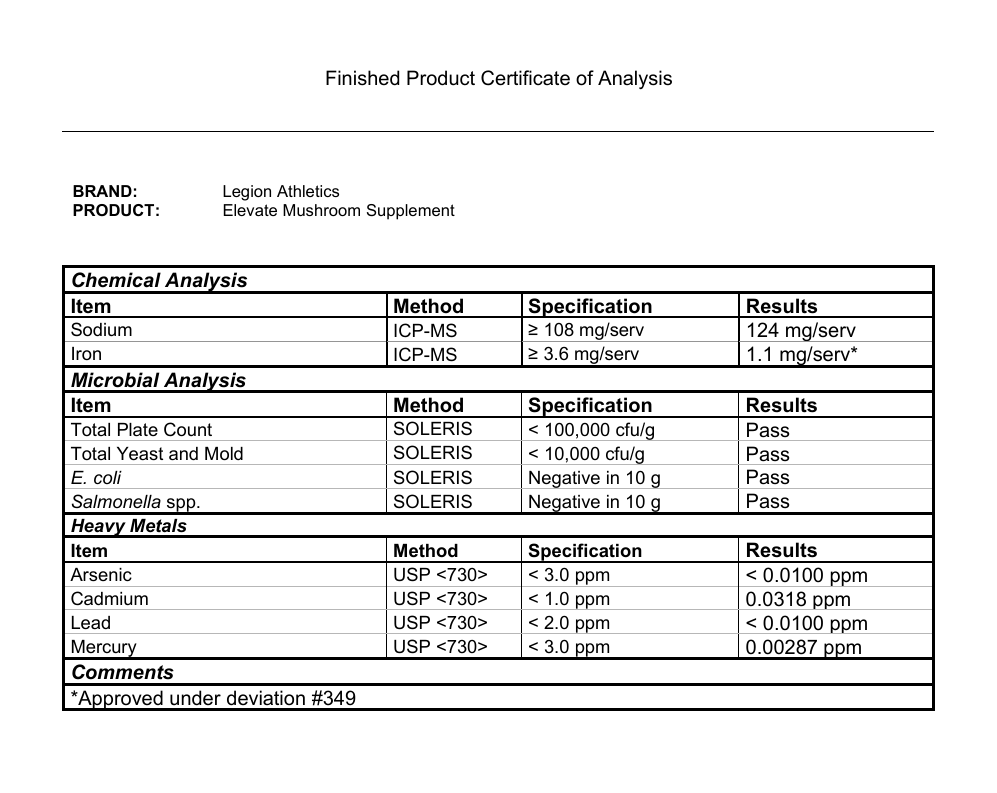
Frequently Asked Questions
+References
Some popular mushroom supplements are naturally sweetened and flavored. Some contain the right mix of high-quality ingredients. Some provide clinically effective doses. But only Elevate checks each of these boxes. ↑
While artificial sweeteners may not be as dangerous as some people claim, studies suggest that regular consumption of these chemicals may indeed be harmful to our health. That’s why we use the natural sweetener stevia instead.↑
Every serving of Elevate contains 4.25 grams of active ingredients that have been shown to be safe and effective in peer-reviewed scientific research.↑
Each active ingredient in Elevate is backed by published scientific studies that show benefits in healthy humans.↑
That’s 153 pages of scientific research that shows Elevate works exactly like we say it does.↑
While artificial sweeteners may not be as dangerous as some people claim, studies suggest that regular consumption of these chemicals may indeed be harmful to our health. That’s why we use the natural sweetener stevia instead.↑
Every bottle of Elevate is guaranteed to provide exactly what the label claims and nothing else—no heavy metals, microbes, allergens, or other contaminants.↑
Bhagwan S. Sanodiya, Gulab S. Thakur, Rakesh K. Baghel, Godavarthi B. K. S. Prasad, and Prakash S. Bisen, Current Pharmaceutical Biotechnology 10, no. 8 (2009): 717–42. doi: 10.2174/138920109789978757#sthash.o6gZXyOO.dpuf. ↑
Zhang Y, Lin Z, Hu Y, Wang F. [published correction appears in Br J Sports Med. 2009 Apr;43(4):310-1]. Br J Sports Med. 2008;42(10):819-822. doi:10.1136/bjsm.2007.038620. ↑
van der Hem LG, van der Vliet JA, Bocken CF, Kino K, Hoitsma AJ, Tax WJ. Transplantation. 1995;60(5):438-443. ↑
Wachtel-Galor S, Tomlinson B, Benzie IF. Br J Nutr. 2004;91(2):263-269. doi:10.1079/BJN20041039. ↑
Wachtel-Galor S, Szeto YT, Tomlinson B, Benzie IF. Int J Food Sci Nutr. 2004;55(1):75-83. doi:10.1080/09637480310001642510. ↑
Shi Y, Sun J, He H, Guo H, Zhang S. J Ethnopharmacol. 2008;117(3):415-419. doi:10.1016/j.jep.2008.02.023. ↑
Wachtel-Galor S, Choi SW, Benzie IF. Redox Rep. 2005;10(3):145-149. doi:10.1179/135100005X57355. ↑
Wachtel-Galor S, Szeto YT, Tomlinson B, Benzie IF. Int J Food Sci Nutr. 2004;55(1):75-83. doi:10.1080/09637480310001642510. ↑
Aref M, Khoshhali M, Ghasemi P, Adeli S, Heidari‑Beni M, Kelishadi R. J Res Med Sci. 2023;28(1). doi:10.4103/JRMS.JRMS_175_23. ↑
Wachtel-Galor S, Tomlinson B, Benzie IF. Br J Nutr. 2004;91(2):263-269. doi:10.1079/BJN20041039. ↑
Wachtel-Galor S, Szeto YT, Tomlinson B, Benzie IF. Int J Food Sci Nutr. 2004;55(1):75-83. doi:10.1080/09637480310001642510. ↑
Nagano M, Shimizu K, Kondo R, et al. Biomed Res. Aug 2010;31(4):231-7. doi:10.2220/biomedres.31.231. ↑
Mori K, Inatomi S, Ouchi K, Azumi Y, Tuchida T. Phytother Res. Mar 2009;23(3):367-72. doi:10.1002/ptr.2634. ↑
Diling C, Chaoqun Z, Jian Y, et al. Front Immunol. 2017;8:666. Published 2017 Jun 12. doi:10.3389/fimmu.2017.00666. ↑
Sheng X, Yan J, Meng Y, et al. Food Funct. 2017;8(3):1020-1027. doi:10.1039/c7fo00071e. ↑
McFarlin BK, Carpenter KC, Davidson T, McFarlin MA. J Diet Suppl. Sep 2013;10(3):171-83. doi:10.3109/19390211.2013.820248. ↑
Bobovčák M, Kuniaková R, Gabriž J, Majtán J. Applied Physiology, Nutrition, and Metabolism. 2010/12/01 2010;35(6):755-762. doi:10.1139/H10-070. ↑
Bergendiova K, Tibenska E, Majtan J. European Journal of Applied Physiology. 2011/09/01 2011;111(9):2033-2040. doi:10.1007/s00421-011-1837-z. ↑
Mah E, Kaden VN, Kelley KM, Liska DJ. J Diet Suppl. 2020;17(2):200-210. doi:10.1080/19390211.2018.1495676. ↑
Mosikanon K, Arthan D, Kettawan A, Tungtrongchitr R, Prangthip P. J Diet Suppl. 2017;14(2):173-185. doi:10.1080/19390211.2016.1207005. ↑
Zabriskie HA, Blumkaitis JC, Moon JM, et al. Nutrients. 2020;12(4). doi:10.3390/nu12041144. ↑
Basson AR, Rodriguez-Palacios A, Cominelli F. Front Nutr. 2021;8:746247. Published 2021 Sep 24. doi:10.3389/fnut.2021.746247.↑
Suez J, Korem T, Zilberman-Schapira G, Segal E, Elinav E. Gut Microbes. 2015;6(2):149-155. doi:10.1080/19490976.2015.1017700.↑
Qin X. Department of Surgery, University of Medicine and Dentistry of New Jersey, New Jersey Medical School, Newark, New Jersey, USA. Can J Gastroenterol. 2011 Sep;25(9):511. ↑
Shil A, Chichger H. Int J Mol Sci. 2021;22(10):5228. Published 2021 May 15. doi:10.3390/ijms22105228.↑
Suez J, Korem T, Zeevi D, et al. Nature. 2014;514(7521):181-186. doi:10.1038/nature13793.↑
Frankenfeld CL, Sikaroodi M, Lamb E, Shoemaker S, Gillevet PM. Ann Epidemiol. 2015;25(10):736-42.e4. doi:10.1016/j.annepidem.2015.06.083.↑
Yadav SK, Guleria P. CSIR-Institute of Himalayan Bioresource Technology, Palampur, 176061, HP, India. Crit Rev Food Sci Nutr. 2012;52(11):988-98. ↑
Shivanna N, Naika M, Khanum F, Kaul VK. Department of Applied Nutrition, Defence Food Research Laboratory, Mysore, India. J Diabetes Complications. 2013 Mar-Apr;27(2):103-13. ↑
World Health Organization. WHO Press; 2006. Available at: http://whqlibdoc.who.int/publications/2006/9241660546_eng.pdf. Accessed January 24, 2019. ↑
Ozbayer C, Kurt H, Kalender S, Ozden H, Gunes HV, Basaran A, Cakmak EA, Civi K, Kalender Y, Degirmenci I. Department of Medical Biology, Faculty of Medicine, Eskisehir Osmangazi University, Eskisehir, Turkey. J Med Food. 2011 Oct;14(10):1215-22. ↑
Feng J, Cerniglia CE, Chen H. Division of Microbiology, National Center for Toxicological Research, US Food and Drug Administration, AR , USA. Front Biosci (Elite Ed). 2012 Jan 1;4:568-86. ↑
Kanarek RB. Department of Psychology, Tufts University, Medford, Massachusetts, USA. Nutr Rev. 2011 Jul;69(7):385-91. ↑
Nigg JT, Lewis K, Edinger T, Falk M. Oregon Health and Science University, Portland, OR, USA. J Am Acad Child Adolesc Psychiatry. 2012 Jan;51(1):86-97.e8. ↑
McCann D, Barrett A, Cooper A, Crumpler D, Dalen L, Grimshaw K, Kitchin E, Lok K, Porteous L, Prince E, Sonuga-Barke E, Warner JO, Stevenson J. School of Psychology, Department of Child Health, University of Southampton, Southampton, UK. Lancet. 2007 Nov 3;370(9598):1560-7. ↑
Gao Y, Li C, Shen J, Yin H, An X, Jin H. Scientific and Technological College of Chemistry and Biology, Yantai Univ., Yantai, PR China. J Food Sci. 2011 Aug;76(6):T125-9. ↑
